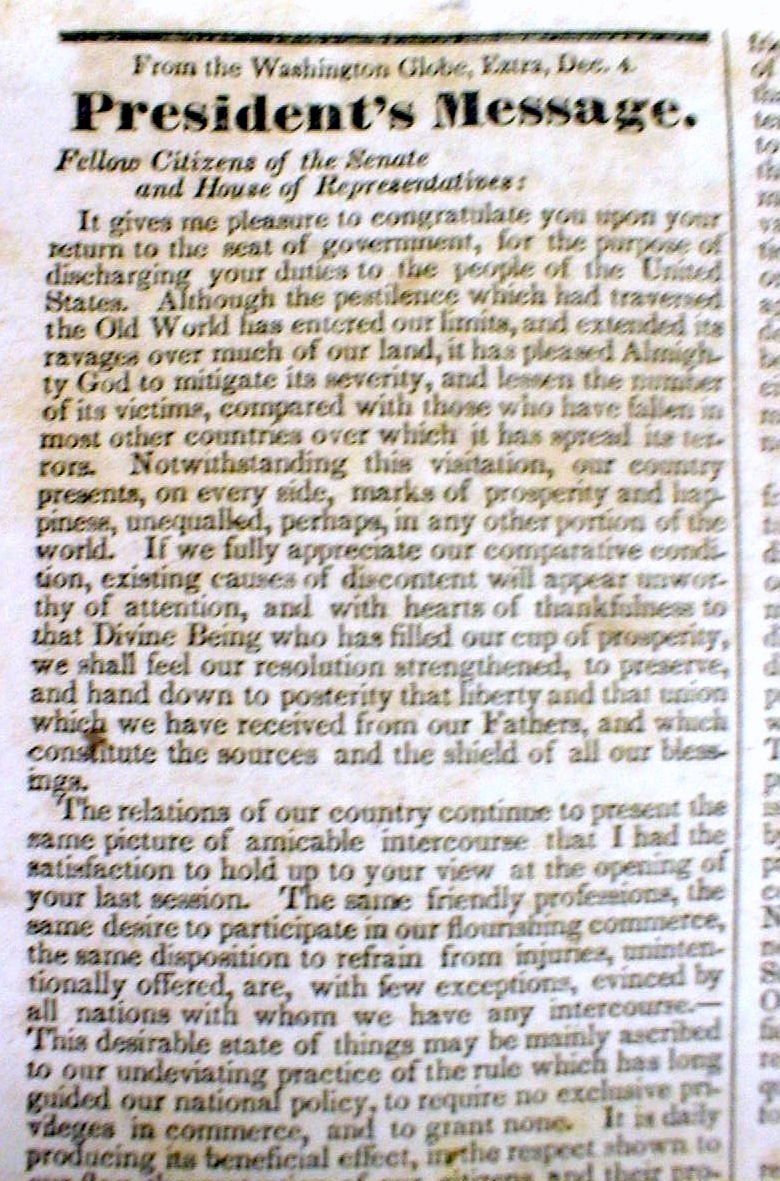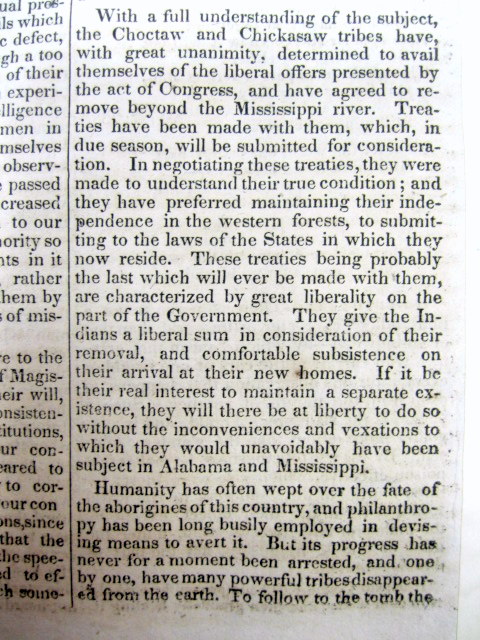Are you ready to discover 'indian removal speech'? All material can be found on this website.
Jackson’s Speech to Congress: Indian Removal The chosen document was written by other president Andrew Glenda Jackson on December 6, 1830. Andrew Jackson was a fewer educated political pattern, he was evenhandedly illiterate but helium did make better changes to the united states.
Table of contents
- Indian removal speech in 2021
- In his message to congress on indian removal apex
- Andrew jackson's speech to congress on indian removal analysis
- What was the purpose of andrew jackson's message to congress on indian removal
- Indian removal act assignment
- Indian removal system
- Andrew jackson's speech to congress on indian removal answer key
- Indian removal act: primary source
Indian removal speech in 2021
 This image representes indian removal speech.
This image representes indian removal speech.
In his message to congress on indian removal apex
 This image shows In his message to congress on indian removal apex.
This image shows In his message to congress on indian removal apex.
Andrew jackson's speech to congress on indian removal analysis
 This picture illustrates Andrew jackson's speech to congress on indian removal analysis.
This picture illustrates Andrew jackson's speech to congress on indian removal analysis.
What was the purpose of andrew jackson's message to congress on indian removal
 This picture representes What was the purpose of andrew jackson's message to congress on indian removal.
This picture representes What was the purpose of andrew jackson's message to congress on indian removal.
Indian removal act assignment
 This image demonstrates Indian removal act assignment.
This image demonstrates Indian removal act assignment.
Indian removal system
 This picture representes Indian removal system.
This picture representes Indian removal system.
Andrew jackson's speech to congress on indian removal answer key
 This image illustrates Andrew jackson's speech to congress on indian removal answer key.
This image illustrates Andrew jackson's speech to congress on indian removal answer key.
Indian removal act: primary source
 This image illustrates Indian removal act: primary source.
This image illustrates Indian removal act: primary source.
Where did the idea of Indian Removal come from?
Indian removal was a consequence of actions first by European settlers to North America in the colonial period, then by the United States government and its citizens until the mid-20th century. The policy traced its direct origins to the administration of James Monroe, though it addressed conflicts between European Americans...
Who was president when the Indian Removal Act was passed?
The Indian Removal Act was signed into law by President Andrew Jackson on May 28, 1830, authorizing the president to grant unsettled lands west of the Mississippi in exchange for Indian lands within existing state borders.
What did Jackson say in the Indian Removal speech?
Jackson echoes language used by the fifth President, James Monroe (1758–1831), who had argued that relocating Native Americans would serve to protect them. Jackson also attempts to whip up feelings of optimism and benevolence by arguing that forced relocation of Native Americans will bring them immense benefits. 8.
Who was the Cherokee chief during the Removal Act?
A Century of Lawmaking for a New Nation: U.S. Congressional Documents and Debates, 1774 - 1875. John Ross, a Cherokee chief / drawn, printed & coloured at the Lithographic & Print Colouring Establishment.
Last Update: Oct 2021